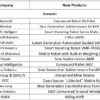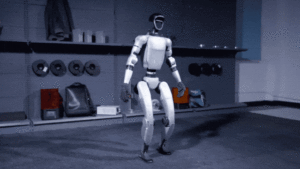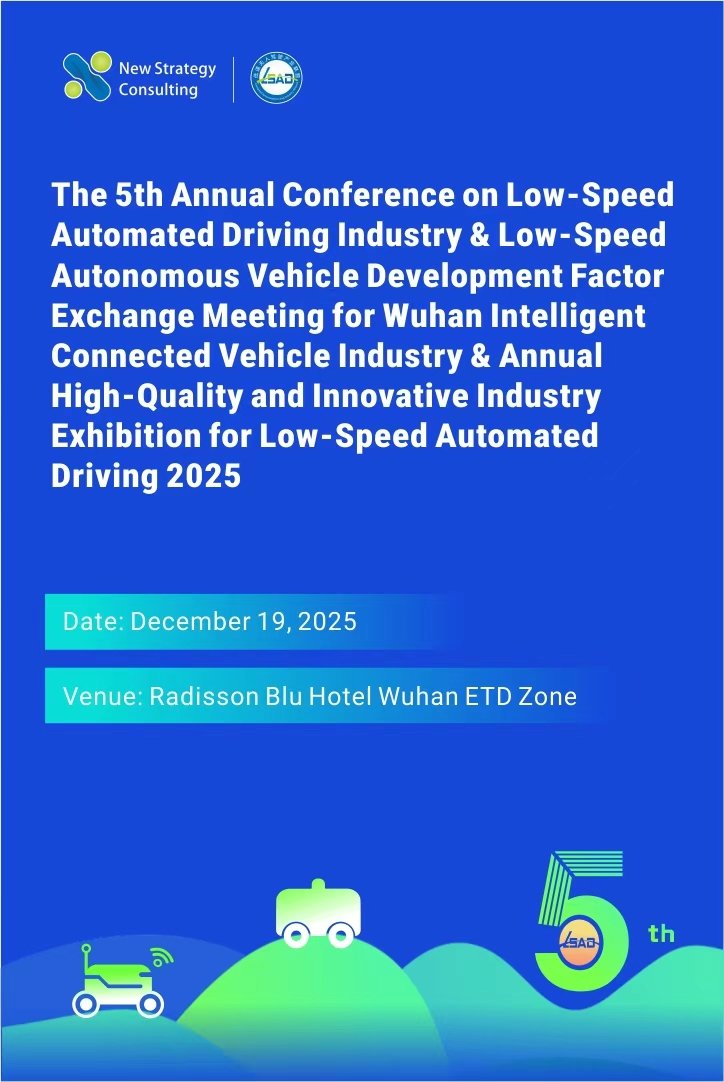Recently, the embodied AI robotics company Robot Era announced the completion of a nearly 300 million RMB Pre-A financing round. This round was co-led by Crystal Stream, Vision Plus Capital, and Alibaba, with participation from Orinno Capital and existing investors Lenovo Ventures, Century Golden Resources, Jinding Capital, Wing Capital, and Tsinghua Technology Ventures. China Renaissance acted as the sole financial advisor for this round.

The funds will be primarily used to advance breakthroughs in embodied AI technology and accelerate the commercialization of general-purpose humanoid robots, further strengthening the company’s talent and technology base.
Three Rounds of Financing in One Year, Rapid Technological Development
Founded in August 2023, Robot Era has completed three financing rounds within a year. Before this Pre-A round, the company raised over 100 million RMB in an angel round led by Lenovo Ventures, with participation from Jinding Capital and Wing Capital. It also completed a seed round led by Century Golden Resources and co-invested by Turing Ventures.
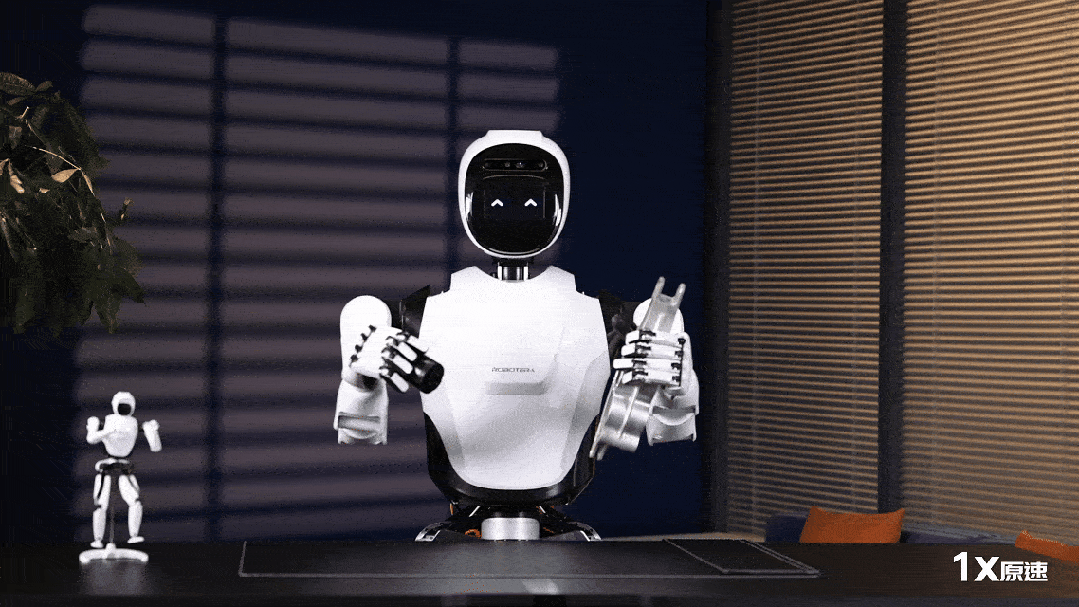
Robot Era was founded by Assistant Professor Chen Jianyu from the Institute for Interdisciplinary Information Sciences, Tsinghua University, and is the only humanoid robot company partially owned by Tsinghua University, with support from ShanghaiTech University. The company focuses on developing native general-purpose embodied intelligence and has pioneered an innovative technological framework based on a “native robot large model + AI-defined hardware platform.”

Robot Era’s “native robot large model” is an AI-driven learning paradigm known for its generality, simplicity, and scalability. The model can efficiently recreate how organisms interact with the physical world by integrating multimodal inputs—such as visual, auditory, and tactile information. This significantly enhances cross-modal information processing, allowing robots to perceive better and understand their surroundings. Field tests show that robots can engage in self-exploration and learning through this model, achieving true autonomous evolution and applying it to various scenarios. The model’s simplicity also lies in its end-to-end architecture, reducing reliance on complex programming and increasing both the robots’ flexibility and development efficiency. This model has already been successfully integrated into Robot Era’s sixth-generation humanoid robot, STAR1.
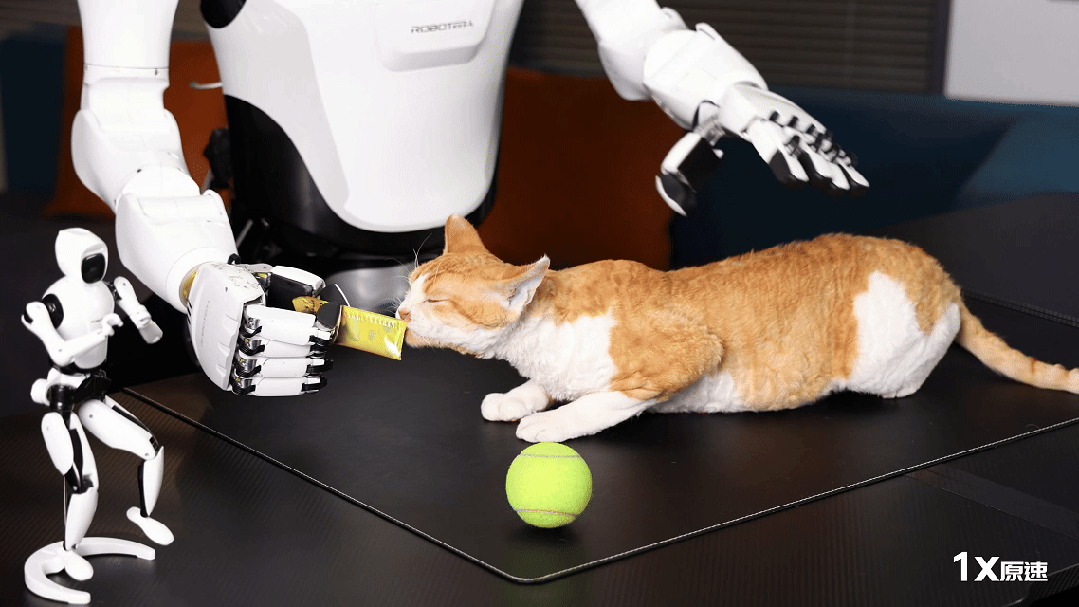
Hardware-Software Synergy and Innovation: STAR1 Takes on Complex Environments
Robot Era’s STAR1 humanoid robot uses an end-to-end learning method, with both mobility and manipulation capabilities powered by a neural network. This network enables STAR1 to generalize walking and object manipulation across diverse environments. The robot’s language-vision-action model allows it to generate actions directly from language and visual cues, minimizing traditional information loss during transmission and supporting efficient task expansion, thereby enhancing adaptability and scalability.
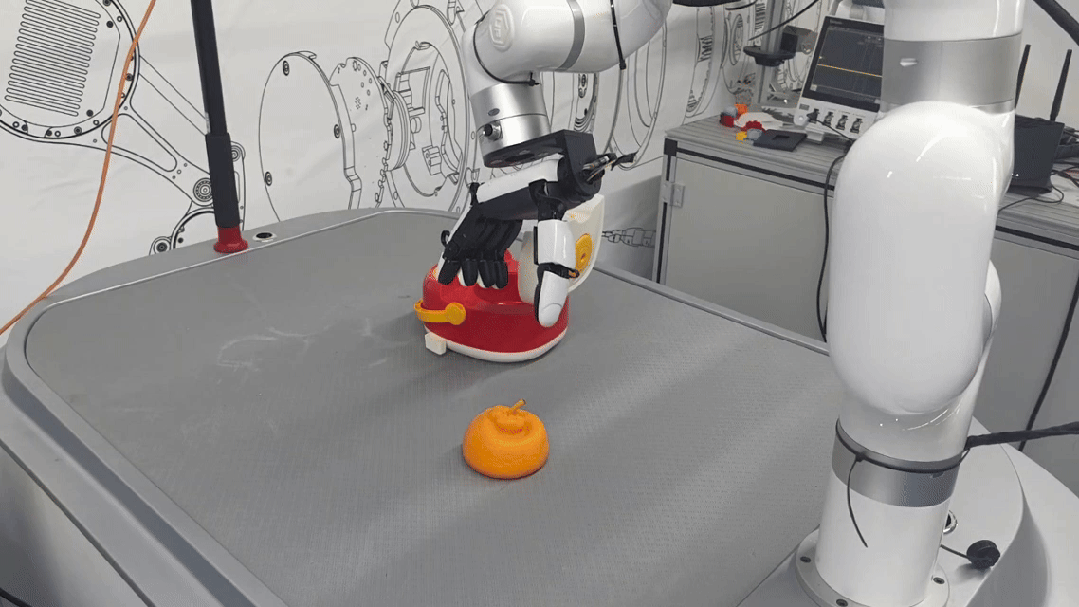
In terms of hardware, Robot Era introduced an integrated hardware architecture for humanoid robots, from base motors to the biped system and dexterous hands, designed with AI-friendliness in mind. This significantly improves the Sim2Real (simulation to reality) transition efficiency, enabling co-evolution of hardware and software. For instance, STAR1’s degrees of freedom have increased from 20 to 55, joint torque has reached 400 Nm, and joint speed has hit 25 rad/s, enabling more complex posture control. After undergoing several product-grade tests, STAR1 is now market-ready. Robot Era’s modular design also speeds up the iteration process for general-purpose robots. The company has introduced desktop robots (M1) and wheeled robots (W1), which further demonstrate the importance of modular design in technology deployment. Robot Era’s robots have not only achieved breakthroughs in the lab but also showcased impressive performance in complex outdoor environments. After successfully climbing the Great Wall with the “Star” robot, STAR1 also took on the rugged terrain of Yumen’s Danxia landforms.
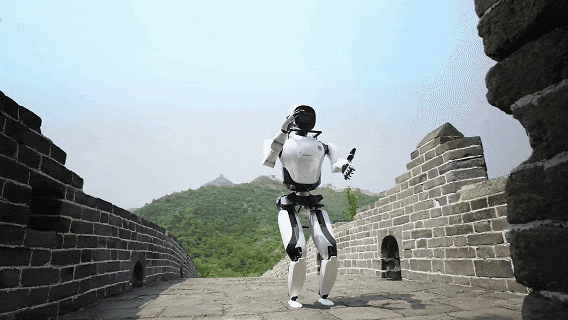
In this outdoor running challenge, STAR1 navigated mountainous and desert terrains, with Robot Era claiming that it became “the first humanoid robot in the world to run outdoors with airborne strides.” Field data showed STAR1 reaching a running speed of 3.6 m/s, with a potential top speed of 6 m/s, surpassing the marathon world record.
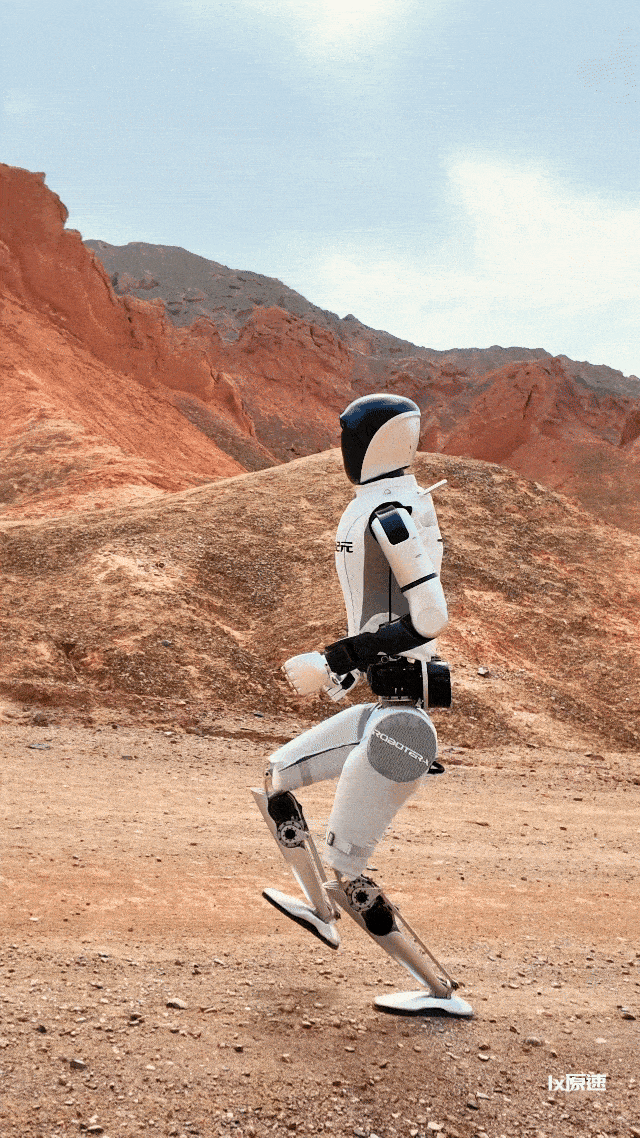
Multi-faceted Collaboration and Industry Applications
The participation of multiple investors will further accelerate Robot Era’s humanoid robot commercialization across various industries. Alibaba will collaborate with Robot Era on AI technology and cloud computing, while Lenovo Ventures, Wing Capital, Jinding Capital, and Century Golden Resources will leverage their extensive industrial resources to support Robot Era’s humanoid robot applications in 3C electronics, home appliances, property management, industrial park operations, logistics, and port operations.
Robot Era’s founder, Chen Jianyu, remarked that deep reinforcement learning, represented by AlphaGo, and large language models, like ChatGPT, are two key technological milestones in the field of general-purpose humanoid robots.
“In the coming years, these two technologies will deeply integrate with humanoid robots and embodied AI. The field of embodied intelligence requires native scalable algorithmic paradigms and more diverse physical world data for training. We believe that the ‘ChatGPT moment’ for robots is not far off.”


